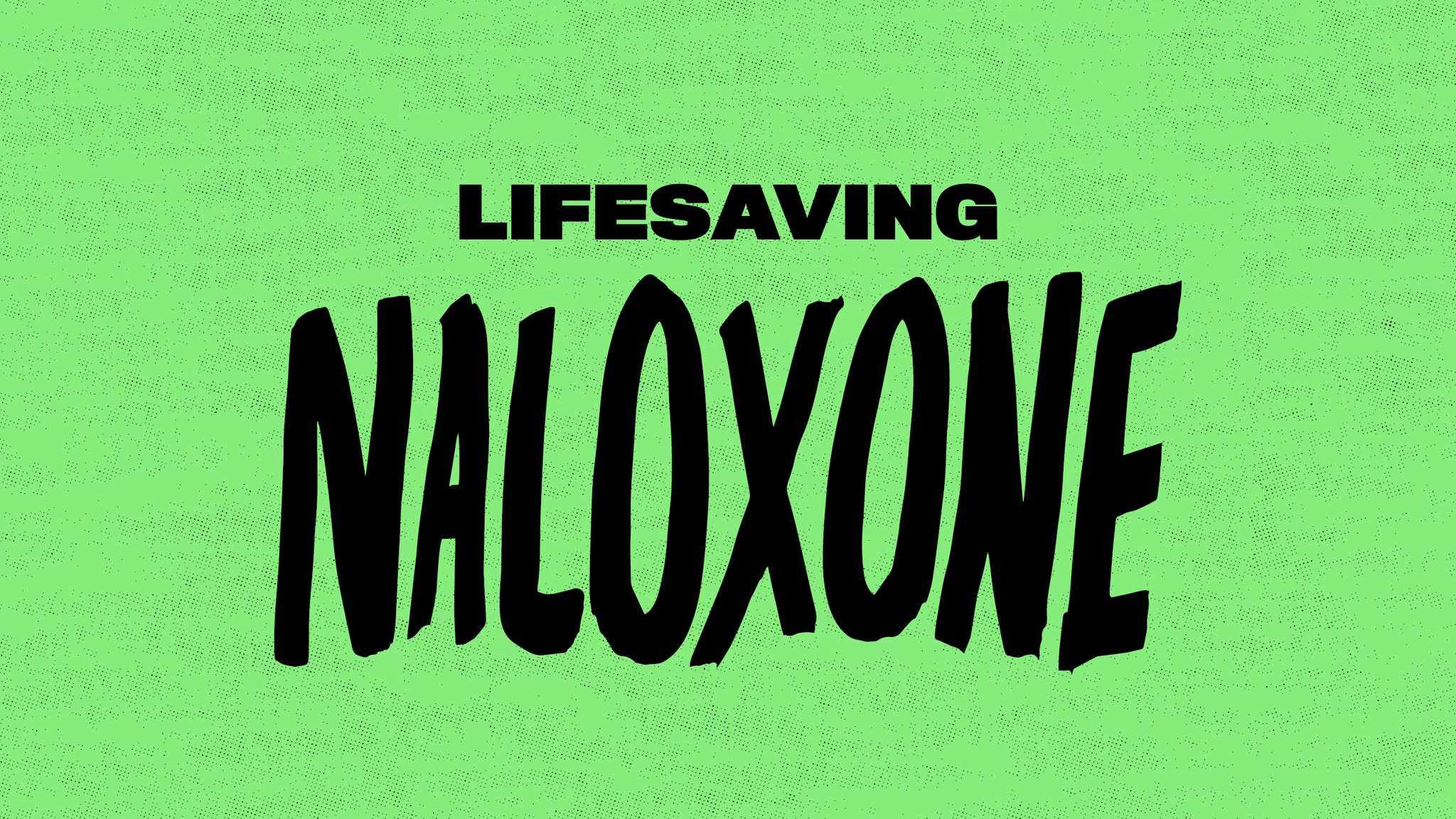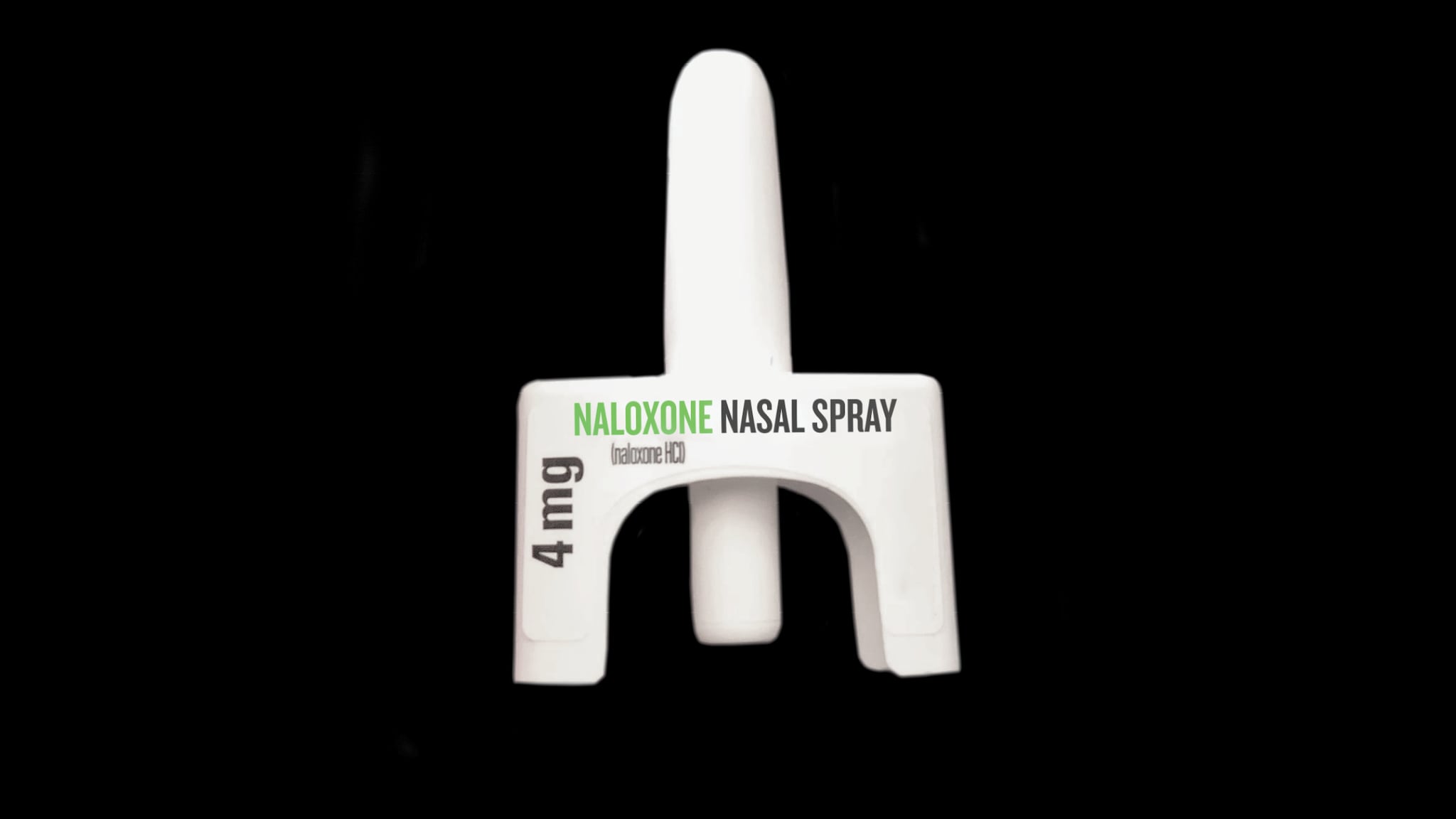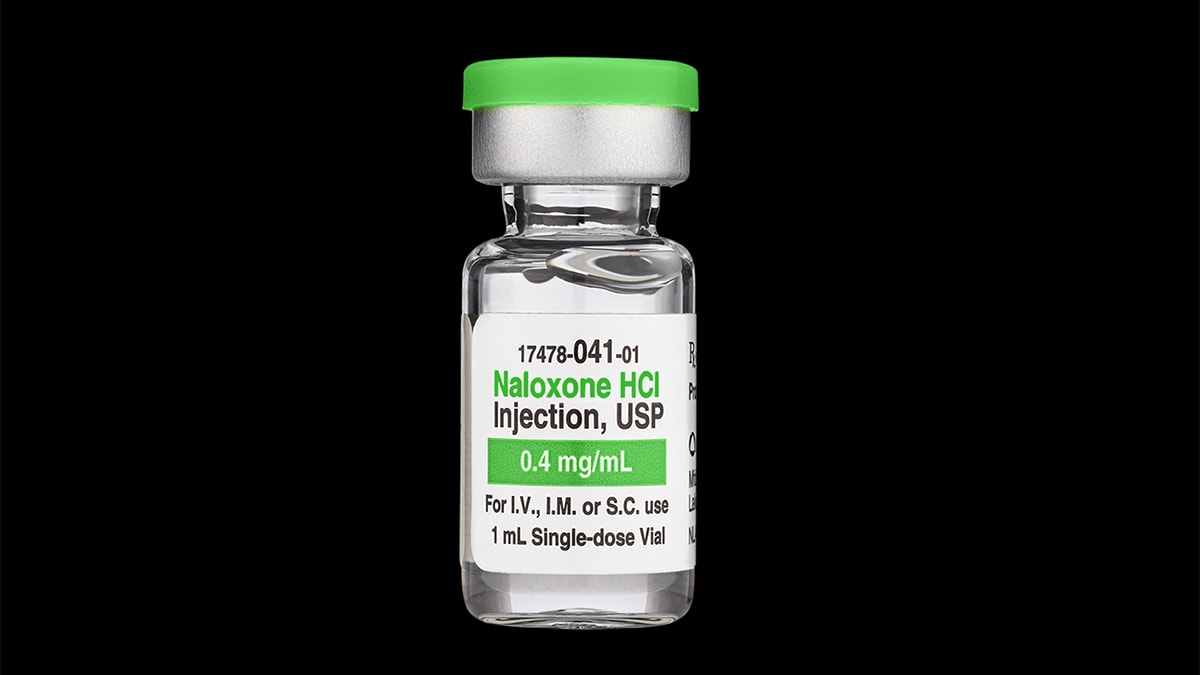At a glance
- Naloxone is a safe medication that can reverse an overdose from opioids, including heroin and fentanyl.
- Learn more about where to get naloxone and how to use it.

What is naloxone?
Naloxone is a life-saving medication that can reverse an overdose from opioids—including fentanyl, heroin, and prescription opioid medications—when given in time.1
Naloxone is easy to use and small to carry. There are two forms of naloxone that anyone can use without medical training or authorization: prefilled nasal spray and injectable.

The decision on which form of naloxone to use or carry can depend on many factors such as cost, availability, and comfort level. Both are safe, effective, and can help save a life.

How does naloxone work and how do you use it?
Naloxone quickly reverses an overdose by blocking the effects of opioids. It can restore normal breathing within 2 to 3 minutes in a person whose breath has slowed, or even stopped, as a result of opioid overdose. More than one dose of naloxone may be required when stronger opioids like fentanyl are involved.2
Naloxone won't harm someone if they're overdosing on drugs other than opioids, so it's always best to use it if you think someone is overdosing.2
If you give someone naloxone, stay with them until emergency help arrives or for at least four hours to make sure their breathing returns to normal.2
Why carry naloxone?
Naloxone saves lives
Nearly 80,000 (or about 76%) of the 105,007 drug overdose deaths in 2023 involved an opioid.3CDC data show a potential bystander was present in nearly 43% of overdose deaths in 2023.4With the right tools, bystanders can act to prevent overdose deaths. Anyone can carry naloxone, give it to someone experiencing an overdose, and potentially save a life.
Who should carry naloxone?
If you or someone you know is at increased risk for opioid overdose, especially those experiencing opioid use disorder (OUD), you should carry naloxone and keep it at home. People who are taking high-dose opioid medications (greater than or equal to 50 morphine milligram equivalents per day) prescribed by a doctor, people who use opioids and benzodiazepines together, and people who use illegal opioids like heroin or fentanyl should all carry naloxone. Because you can't use naloxone on yourself, let others know you have it in case you experience an opioid overdose.
Carrying naloxone is no different than carrying an epinephrine auto-injector (commonly known by the brand name EpiPen) for someone with allergies. It simply provides an extra layer of protection for those at a higher risk for overdose.
Having naloxone available allows bystanders to help prevent a fatal overdose and save lives.
Don't hesitate to call 911
Where can you get naloxone?
Naloxone is available in all 50 states over the counter. If you have been prescribed high-dose opioids, talk to your doctor about co-prescribing naloxone. You can also get naloxone from community-based naloxone programs and most syringe services programs.
- https://www.fda.gov/consumers/consumer-updates/access-naloxone-can-save-life-during-opioid-overdose
- https://store.samhsa.gov/sites/default/files/overdose-prevention-response-kit-pep23-03-00-001.pdf
- Wide-ranging online data for epidemiologic research (WONDER). Atlanta, GA: CDC, National Center for Health Statistics. 2023. Available at http://wonder.cdc.gov.
- State Unintentional Drug Overdose Reporting System (SUDORS). Atlanta, GA: US Department of Health and Human Services, CDC. https://www.cdc.gov/overdose-prevention/data-research/facts-stats/sudors-dashboard-fatal-overdose-data.html